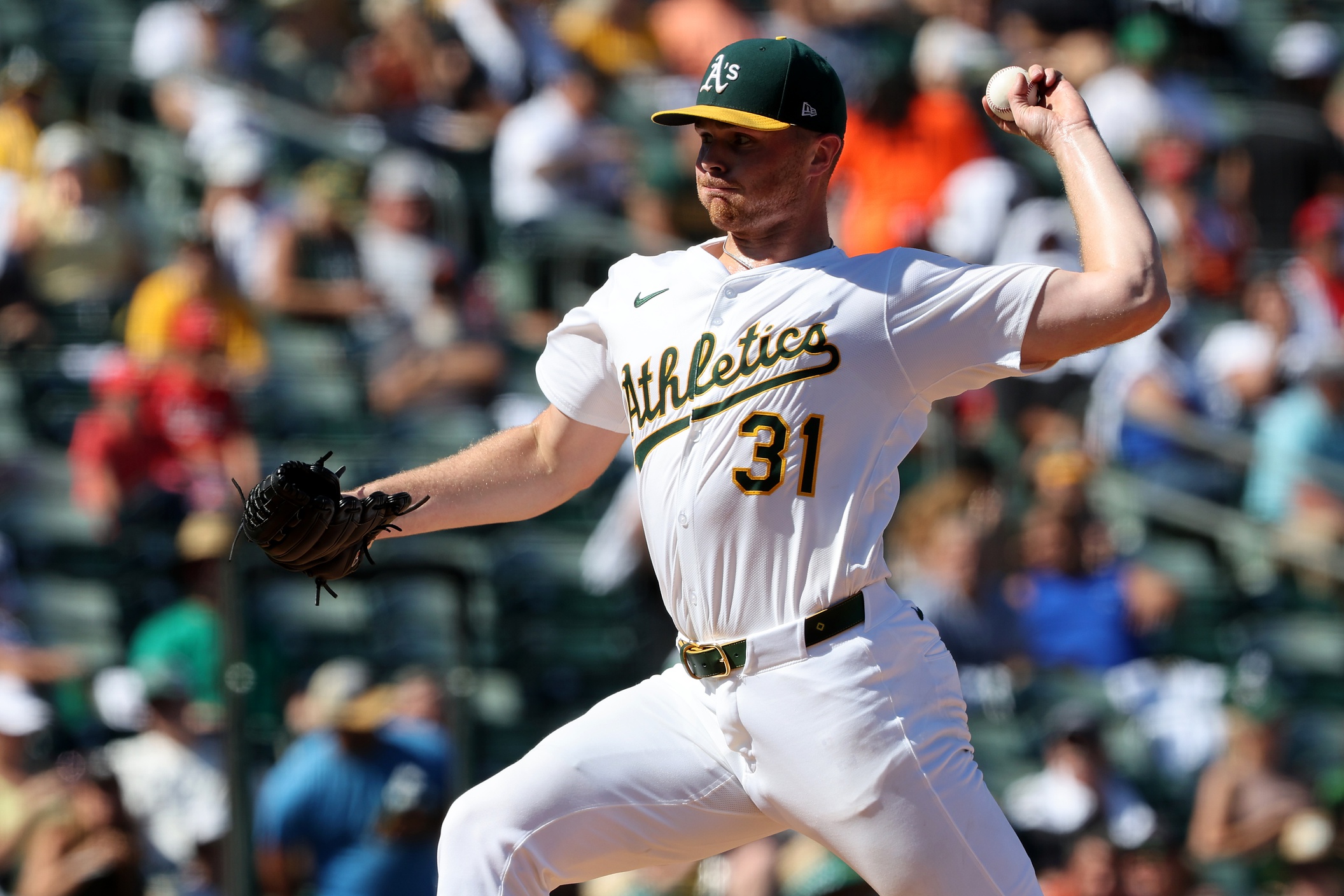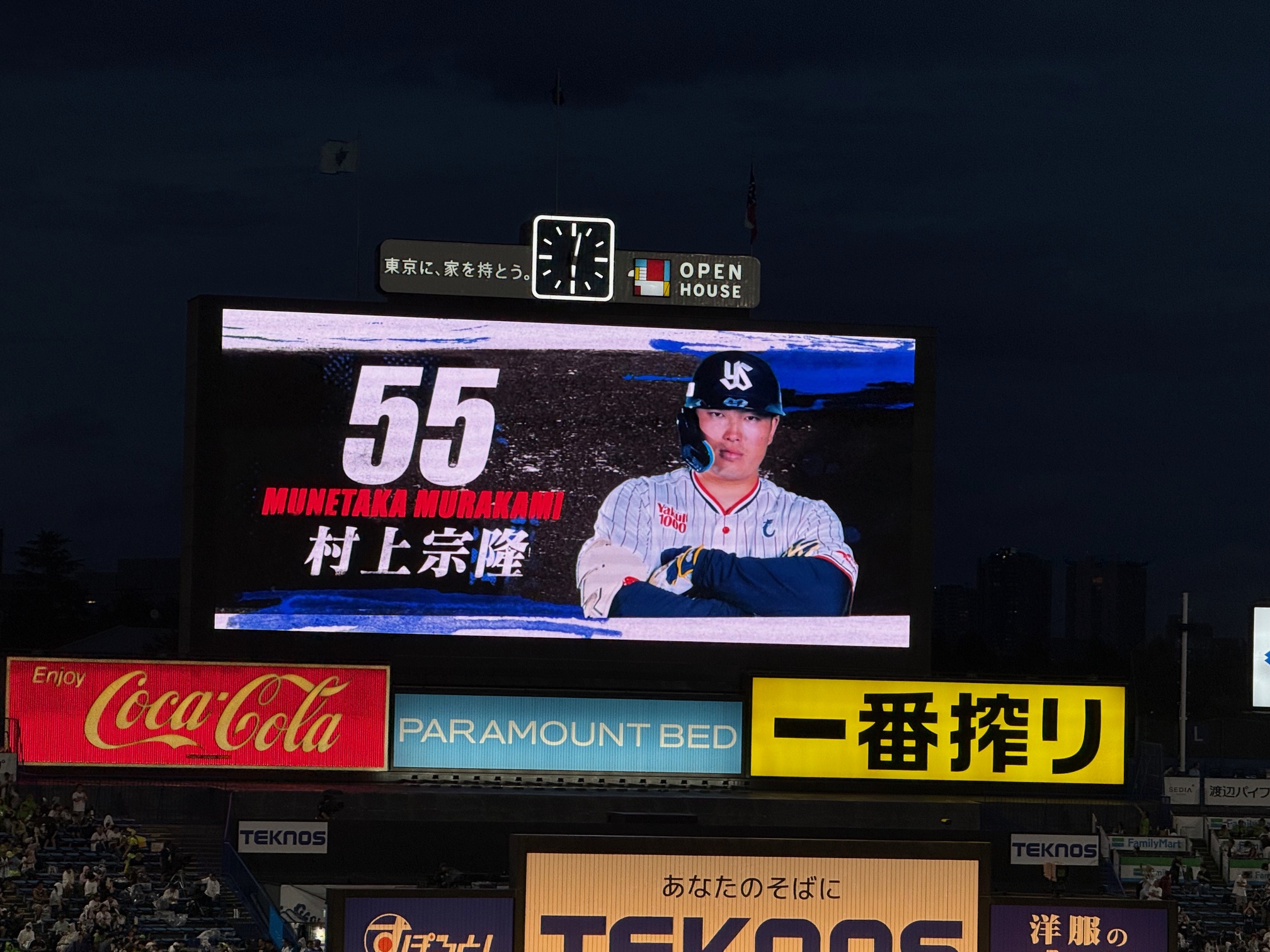Let's wrap up Prospect Week with a couple of farm-related inquiries from the Patreon Request Line. Thanks to the 113 of you who have supported Sox Machine one month in, and thanks to 3GamesToLove for this question:
How did the last crop of Sox prospects in any way comparable to this one turn out?
This White Sox farm system placed five prospects in Baseball America's top 100. They've had a more robust showing on other lists, but BA has been the historical standard.
We're going to stick with that one because we're going to need that history. In order to find the last time the White Sox placed five prospects in the top 100, you'd have to go back to 2001. And when you look at the list, you'll wonder what all the fuss was about.
| 2001 | 2018 |
That class isn't exactly a bust, as Crede and Rowand overcame setbacks and blocking to become everyday players on a World Series winner. Borchard flopped, but the White Sox salvaged him by turning him into Matt Thornton. All in all, I'd call that satisfactory value from the three position players on the list.
As for the other seven, this is why TINSTAAPP is a thing. It's of course an overstatement to say There Is No Such Thing As A Pitching Prospect, but this group shows why any one individual pitcher can't necessarily be expected to survive the climb.
The injury bug sank its teeth into three of them. Rauch cracked top-five status by dominating at Birmingham as a 21-year-old (63 strikeouts to 54 baserunners over 56 innings). Then he had shoulder surgery to repair a torn labrum, and was lucky to reinvent himself into an OK medium-leverage reliever for a handful of teams over an 11-year MLB career. Likewise, Barcelo couldn't stay healthy after an encouraging audition in 2000, and Stumm's career never got off the ground due to a series of injuries in A-ball.
Ginter and Wright made it to the big leagues and received multiple chances to stick in a rotation, but neither had what it took to succeed in such a hitter-friendly era, so there's your more ordinary brand of coming up short. West was a pitcher the White Sox lured out of a football scholarship to Texas A&M, but he couldn't throw enough strikes to get out of the high minors, which is an ordinary high school pitcher story.
Fogg was the only starter out of all of those arms with any staying power. He just happened to find it after the Sox shipped him away in the disastrous Todd Ritchie trade.
Fogg served as a back-end type for the Pirates and Rockies, going 62-69 with a 89 ERA+ over a nine-year career. In a fun twist, the White Sox drafted in the third round out of the University of Florida, where he was the closer. As is the case with Dane Dunning, they saw a starter where the Gators saw a reliever, and it worked out well enough.
A lot has happened -- namely Moneyball and the data revolution -- in the 17 years between these lists, but if one lesson can be carried forward, I'd say the Sox are on a better track since they graduated Lucas Giolito and Reynaldo Lopez to the majors with their prospect shine largely intact. Throw in Dunning's successful first pro season and you have pretty much the best-case scenario for the Adam Eaton trade. Now that they're out of the way, the list is heavier with position players, and the grind is a little more forgiving for them.
* * *
[dropcap]T[/dropcap]his week's other question is from J.T. Waugh, and it's a doozy, probably resulting in 75 or so page views for Baseball-Reference.com.
In the past 20 or so years have the Sox had a similar player to Nicky Delmonico or even Adam Engel, to an extent, who seemingly came out of nowhere (in the view of the general fan) to make an impact on the team? I know Delmonico has the first round pedigree, but I think fans were still generally surprised at his performance. I'm sure there are some obvious candidates, but it would be interesting to see a list of players who started pretty low on the totem pole and went on to meaningful time with the Sox.
Engel doesn't have a lot of company in his draft round (19th) among White Sox, but he was also the product of a rebuilding year's playing time. Lots of minor-league defensive specialists could bat .166 if given the opportunity, but the Sox were that desperate for any kind of competence in center field. At least Engel made the pitching staff's job a little easier.
Delmonico is the meatier question given what is ... well, not expected of him, but thought possible. A lofty but realistic scenario has the White Sox taking somebody else's minor-league castoff and turning him into an average starter.
Should Delmonico succeed, he won't have many peers.
Jose Quintana is the obvious, heads-and-shoulders-above-the-rest answer if you're looking for any player. He was an anonymous A-ball lefty in the Yankees organization when the White Sox picked him up, and he didn't even need 50 innings in Birmingham to become a fixture in the rotation and eventual All-Star.
On the position player side, though, this hypothetical Delmonico story is harder to find.
There's an ongoing case in Omar Narvaez. The White Sox took him away from Tampa Bay in the minor-league portion of the Rule 5 draft in December of 2013, and so it's impressive that he's been able to spend 1½ years in the majors and handle starting catcher duties from that origin story. However, if you incorporate framing, he's been a replacement-level player, and we're talking about a world where Delmonico is worth a couple of Wins Above that R.
The position players successfully salvaged by the Sox over the years have had major-league experience. Alejandro De Aza was a nice find on the waiver wire who served the same purpose (everyday left fielder out of nowhere), but he doesn't quite meet this criteria because he had 67 unsuccessful games with the Marlins before they gave up on him. Removing anybody who had MLB exposure also yoinks away credit from the Sox for unprecedented everyday quality from guys like Eaton, Juan Uribe and Carlos Quentin.
To find somebody who had zero MLB experience before coming to the Sox and became an average-or-better starter, you might have to go all the way back to Chris Singleton, whom the White Sox acquired as a player to be named later for Rich Pratt in December of 1998, fitting just inside J.T.'s 20-year scenario.
Singleton had a subpar season at Triple-A Columbus as a 25-year-old. That age puts him in out-of-options territory, and he wasn't going to get forgiving looks with the Bernie Williams anchoring the outfield for a Yankee dynasty. The White Sox were able to pick up Singleton for a player to be named later, and not only did Singleton prove worthy of a 25-man roster spot, but he responded with a 5 WAR season in his rookie year. He never quite reached that peak again, but he was an adequate MLB outfielder for a few years, while Pratt didn't even pitch for the Yankees organization when the regular season rolled around.






